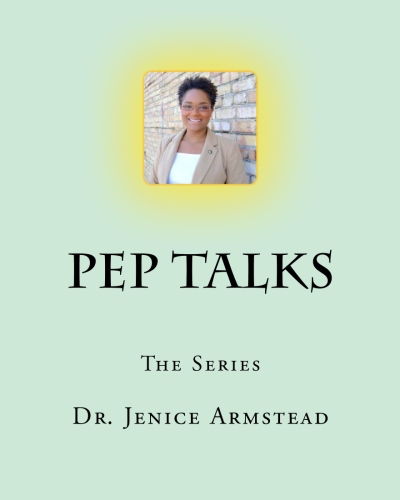Affirmations are positive, intentional statements designed to challenge and overcome self-doubt, negativity, and limiting beliefs. When practiced regularly, affirmations can foster mental well-being, boost happiness, and improve overall life satisfaction. Rooted in psychological principles and mindfulness practices, affirmations offer a simple yet powerful way to rewire your mindset and promote personal growth.
Why Affirmations Work
- Rewiring Negative Thought Patterns
Affirmations leverage neuroplasticity, the brain’s ability to form new neural pathways. By repeating positive statements, you reinforce optimistic thinking, replacing habitual negativity. According to Cognitive Behavioral Therapy principles, altering thought patterns can lead to improved emotional and behavioral outcomes. - Enhancing Self-Efficacy
Affirmations strengthen your belief in your ability to handle challenges. Research published in Social Cognitive and Affective Neuroscience found that self-affirmations activate the brain’s reward centers, enhancing motivation and resilience. - Reducing Stress and Improving Mood
Repeating affirmations can lower stress levels by shifting focus away from anxiety-inducing thoughts. Studies in the Journal of Positive Psychology show that affirmations can help individuals maintain a calm and optimistic outlook, contributing to greater emotional stability. - Fostering Gratitude and Mindfulness
Affirmations often focus on gratitude or self-love, grounding you in the present moment. This practice aligns with mindfulness, which has been shown to reduce stress and improve overall well-being.
How to Use Affirmations Effectively
- Be Specific and Personal
Create affirmations that resonate with your unique goals and challenges. For example, instead of saying, “I am successful,” say, “I am capable of achieving my career goals.” - Use Present Tense
Frame affirmations as if they are already true. Statements like, “I am confident and calm in every situation,” reinforce the desired state of mind. - Repeat Daily
Consistency is key. Recite affirmations during your morning routine, before bed, or any time you need a confidence boost. Writing them down reinforces their impact. - Combine with Visualization
Visualize yourself embodying the affirmation as you say it. For instance, imagine feeling joyful and relaxed while repeating, “I am at peace with myself and the world.” - Anchor Affirmations to Actions
Pair affirmations with behaviors that align with your goals. If you’re affirming better health, integrate it with exercise or healthy eating.
Examples of Affirmations for Wellness and Happiness
- For Stress Reduction: “I release all tension and embrace calm.”
- For Self-Love: “I am worthy of love and respect.”
- For Gratitude: “I am grateful for the abundance in my life.”
- For Resilience: “I grow stronger with every challenge I face.”
- For Happiness: “I choose joy and positivity in every moment.”
The Science Behind Affirmations
- Self-Affirmation Theory
This psychological concept suggests that affirmations help maintain self-integrity by affirming core personal values. Claude Steele’s research emphasizes how affirmations buffer against stress and criticism. - Study Highlights
- Creswell et al. (2013): Found that affirmations reduce stress by increasing activity in the brain’s self-processing regions.
- Sherman & Cohen (2006): Demonstrated that affirmations enhance problem-solving abilities and emotional resilience.
Conclusion
Affirmations are a simple yet transformative practice that can enhance your wellness and happiness. By intentionally crafting and repeating positive statements, you can cultivate a healthier mindset, build resilience, and foster a deeper sense of joy and fulfillment. Whether you’re seeking greater self-love, improved stress management, or a more optimistic outlook, affirmations provide a powerful tool to reframe your thoughts and enrich your life.
Research Articles
- Creswell, J. D., et al. (2013). “Self-Affirmation Improves Problem-Solving under Stress.” PLoS ONE.
- Steele, C. M. (1988). “The Psychology of Self-Affirmation.” Advances in Experimental Social Psychology.








